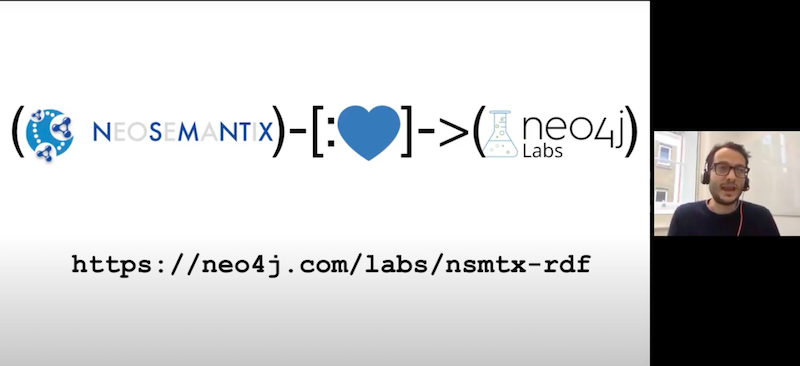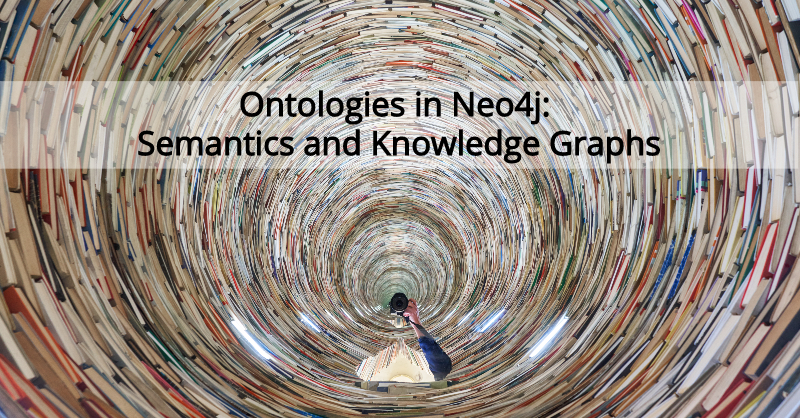
Posts By
Jesús Barrasa
Head of Solutions Architecture for EMEA, Neo4j
Dr. Jesús Barrasa is an expert in semantic technologies and graph databases. He is the head of the solutions architecture team in EMEA at Neo4j and leads the development of neosemantics (a Neo4j plugin for RDF). He cowrote Building Knowledge Graphs: A Practitioner’s Guide (O’Reilly), Data in Context for Responsive Businesses (O’Reilly) and is cohost of the Going Meta live webcast.


